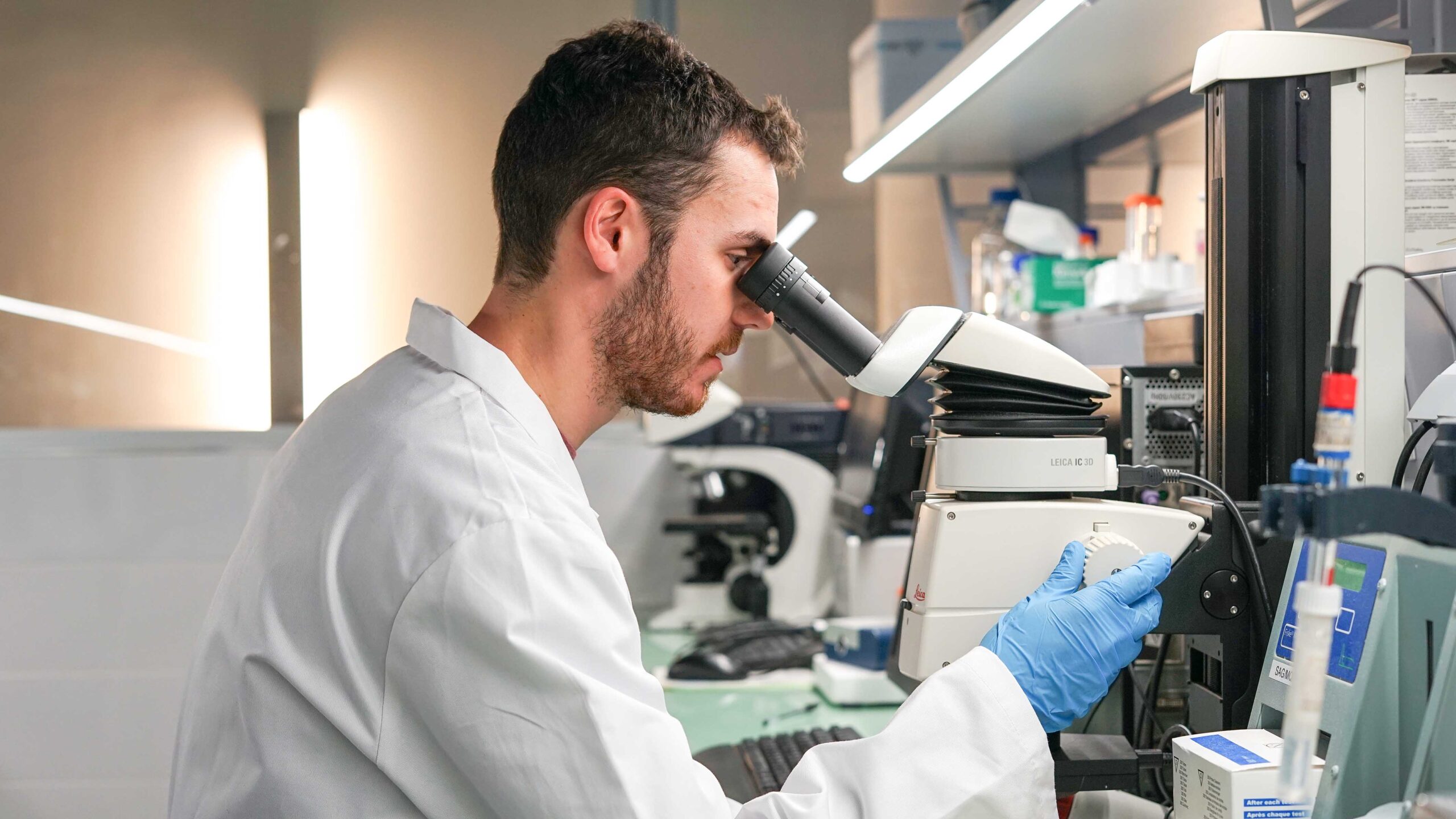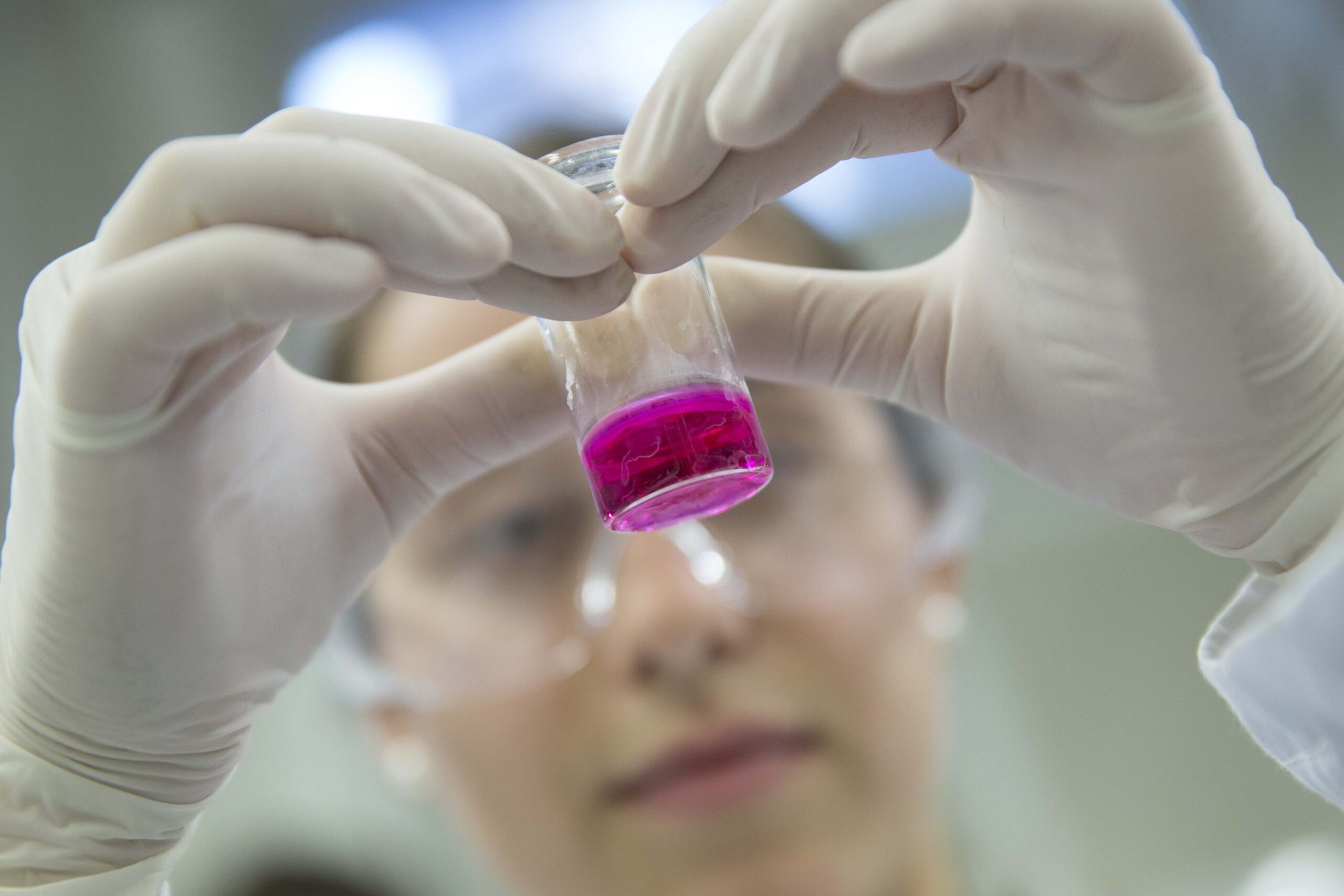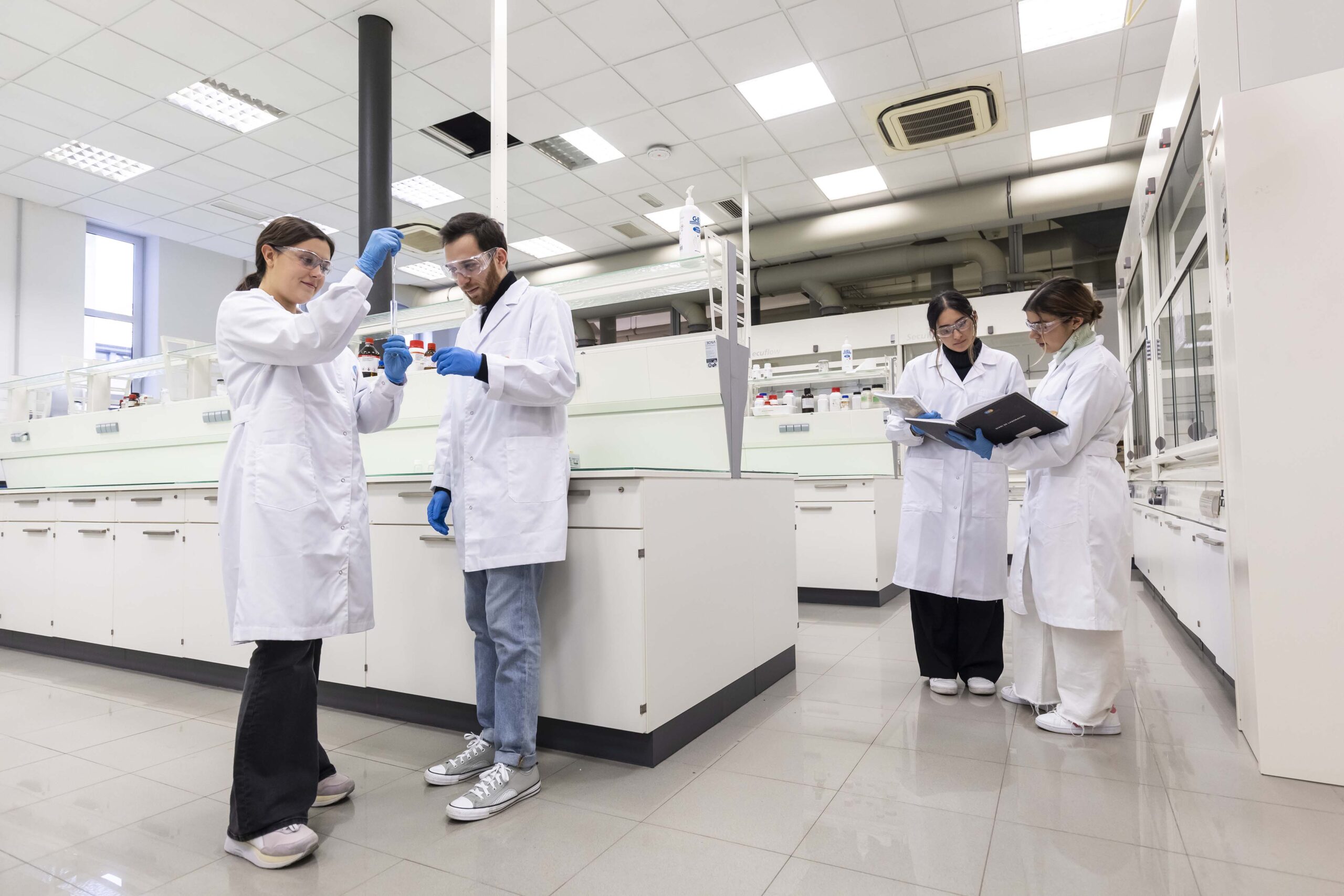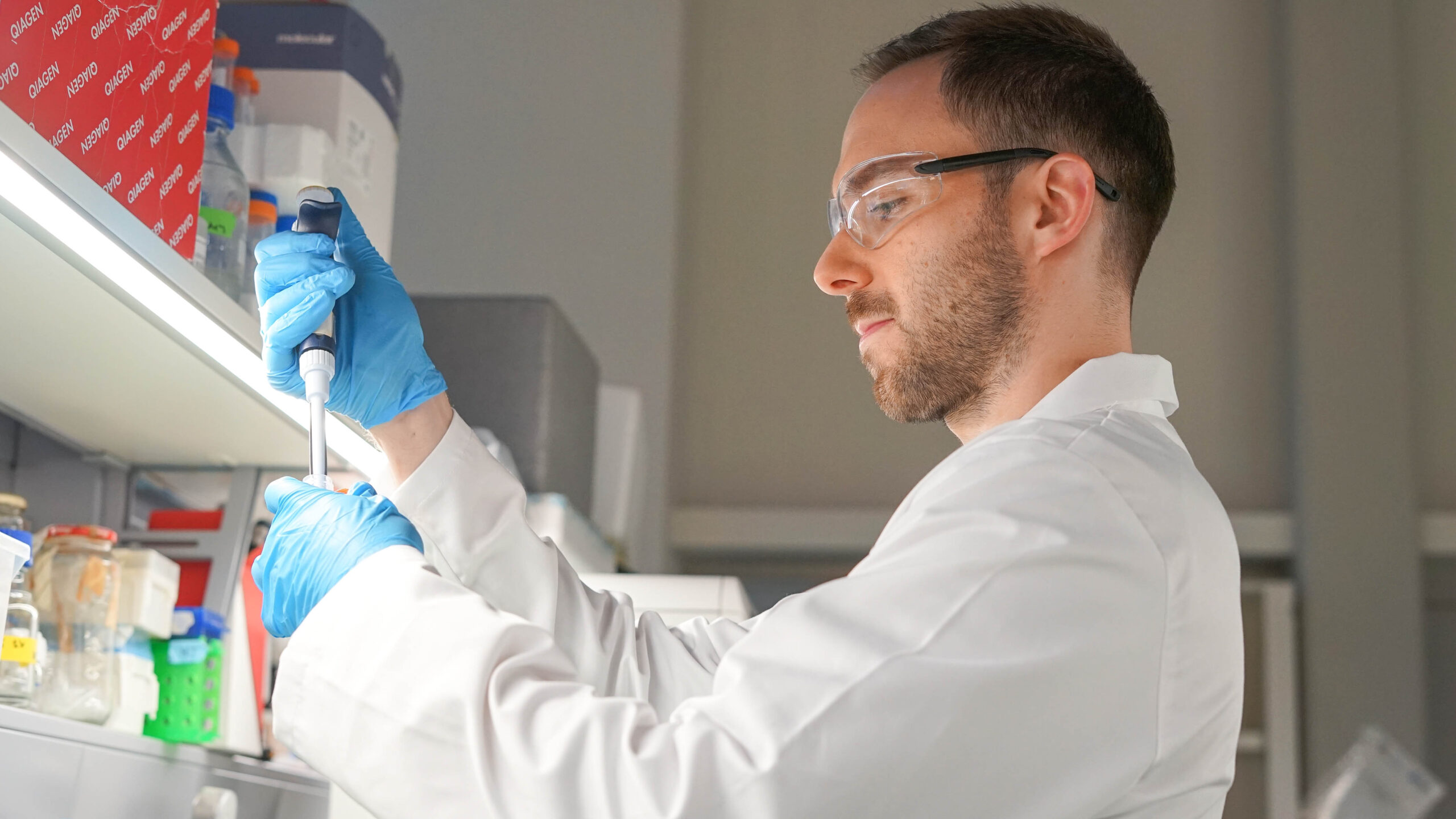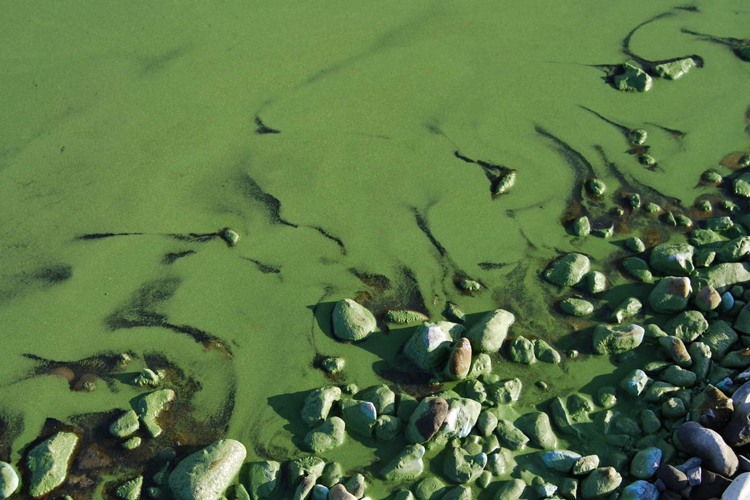The IQS Environmental Laboratory and the SCIEX_IQS Demo Lab have started to work together in the development of analytical methods for the control of cyanotoxins, using advanced HPLC-MS techniques.

Every summer it is increasingly common to see toxic algae appear in freshwater rivers and lakes across the world. This fact is due to the increased temperatures caused by climate change, together with the eutrophication of waters – the increase in nutrients such as nitrates, phosphates, and sulphates – due to agricultural activity. These excess nutrients can lead to the proliferation of the growth of cyanobacteria species such as Microcystis aeruginosa and Planktothrix, which can produce different families of cyanotoxins, such as microcystins and anatoxins.
These toxins have very harmful effects on the health of people exposed to them, as well as the health of many other animal species. Microcystins can also accumulate in fish, thus causing an additional food safety problem.
The presence of cyanotoxins in water has only recently been considered a health problem. Currently, it is considered one of the greatest health risks derived from water consumption. This is why countries such as the United States and Canada are passing increasingly restrictive legislation concerning the maximum concentration of cyanotoxins in drinking water. Meanwhile, European legislation is still very far from these standards.
Spain is one of the few European countries that has specific legislation on the presence of cyanotoxins in drinking water and Royal Decree 1420/2003 establishes the overall microcystin limits in the outlets of drinking water treatment stations. However, it does not establish the type of microcystins to be controlled or measured, nor does it recommend any concrete analytical methodology.
Dr Xavier Ortiz Almirall, a Professor and Researcher with the IQS Environmental Laboratory, has been analysing these harmful compounds for more than six years. Specifically, Dr Ortiz was responsible for developing the methods to analyse and monitor cyanotoxins for the Ontario Ministry of the Environment in Toronto, Canada.
How to analyse and characterise cyanotoxins
Due to the analytical complexity of these compounds (some families of toxins can have hundreds of different varieties), they must be analysed using the most sophisticated Chromatography and Mass Spectrometry techniques. As such, in collaboration with the SCIEX-IQS Demo Lab, the experts at IQS have begun working on monitoring different places and fine-tuning analytical methods to control these pollutants, as well as describing new types, using the advanced HPLC-MS equipment (QTOF X500B, QTRAP® 7500) available in this unit.
- M. Tabatabaei Anaraki, R. S. Shahmohamadloo, P. K. Sibley, K. A. MacPherson, S. P. Bhavsar, A. J. Simpson, X. Ortiz Almirall. Optimization of an MMPB Lemieux Oxidation method for the quantitative analysis of microcystins in fish tissue by LC-QTOF MS. Science of the Total Environment, 2020 (737), 140209. Link to source
-
X. Ortiz Almirall, E. Korenkova, K. J. Jobst, K. A. MacPherson, E. J. Reiner. A high throughput targeted and non-targeted method for the analysis of microcystins and anatoxin-A using on-line solid phase extraction coupled to liquid chromatography–quadrupole time-of-flight high resolution mass spectrometry. Analytical and Bioanalytical Chemistry, 2017 (409), 4959-4969. Link to source
